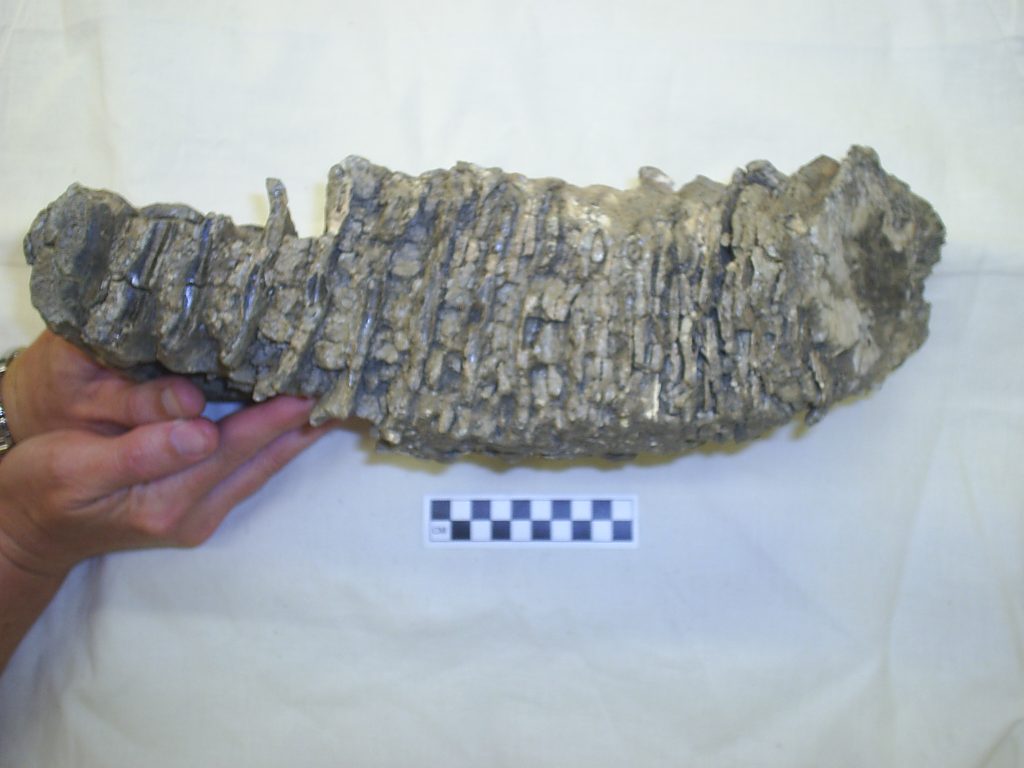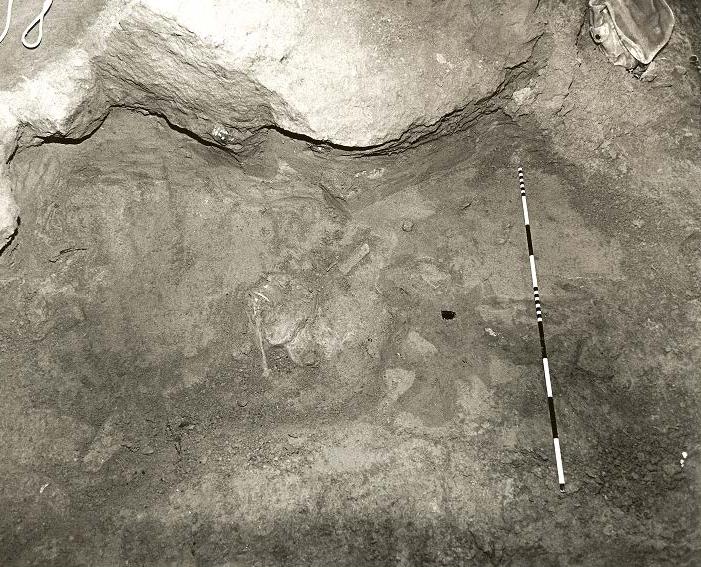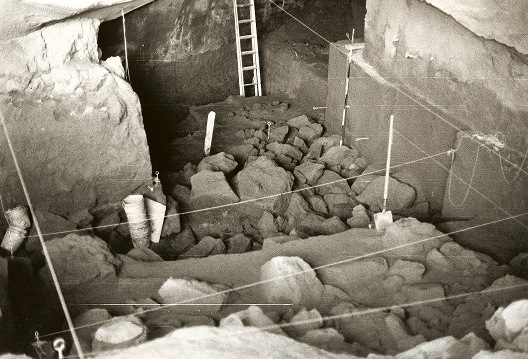In North America, most archaeologists believe that the extinction of mammoths occurred earlier than the first appearance of Folsom spear points (distinctive knife-like tools made from chipped stone). In fact, some scientists think that mammoth died off hundreds of years before Folsom points were ever made. However, old evidence from a southeastern Idaho cave has created renewed curiosity about the timing of the mammoth die-off and a possible connection with Folsom points.
Dr. Suzann Henrikson, an archeologist at Idaho National Laboratory, is the corresponding author on a new article about Owl Cave for American Antiquity, the primary journal of the Society for American Archaeology. The research revisits a mystery that was first uncovered in the 1960s, but — for a lack of documentation — has fallen off the radar of most archaeologists.
That’s about to change.

New technology has made the cave worth a second look. “This is a potentially earth-shattering site,” said Henrikson. “It could change our view of early North American archaeology.”
The find is significant because it is the only site in the western United States that contains buried fluted spear points and mammoth bones in the same stratum, or archeological layer. If there is indeed evidence in Owl Cave that Native Americans hunted and killed a mammoth, it will be the first of its kind on this side of the Rocky Mountains.
The paper, “Folsom Mammoth Hunters? The Terminal Pleistocene Assemblage from Owl Cave (10BV30), Wasden Site, Idaho,” takes a fresh look at previous work, adds some information, and ultimately offers more questions than answers.
So far.

Original excavations also found a very early – 9,000-year-old – bison bone bed indicating perhaps one of the earliest communal hunts in North America – a unique and so-far-overlooked story in its own right. Below the early bone bed and beneath a collapsed portion of the cave ceiling, were seven Folsom points and dozens of mammoth bones. The paper identifies mammoth protein on one of the Folsom points, making their colocation more than coincidental. It also reveals that there are not one, but up to three, mammoths in the cave – perhaps with differing ages.
The paper offers possible, but inconclusive, explanations:
- Perhaps Folsom points are older than previously thought. Folsom points were first discovered in New Mexico. They could have originated on the Snake River Plain and travelled to other locations over hundreds of years.
- Perhaps the makers of the Folsom points used mammoth remains in the cave that had been frozen there for hundreds of years.
- Perhaps the points and the mammoth remains are unrelated. Maybe the points were contaminated with mammoth proteins and deposited near the remains because of repeated roof fall and freezing.

The jury is still out on this case, but the possible explanations are intriguing.
According to the paper, “While Owl Cave may be one of the most important terminal Pleistocene archaeological sites in western North America, its research potential has yet to be realized.” Henrikson is expecting a renewed interest in the site, especially in the form of future excavations.







